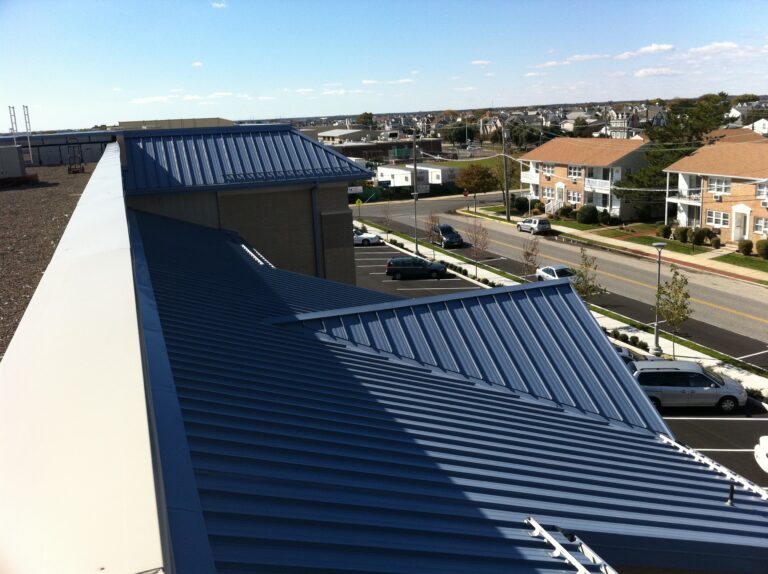September 23, 2020 — During the COVID-19 pandemic, widespread mandatory closures and reduced consumer spending have hampered business operations and created challenges for some office and industrial tenants. Many of these businesses have asked building owners for assistance in the form of rent abatements or deferrals.
The NAIOP Research Foundation has issued a research brief that identifies best practices for triaging office and industrial tenant requests, offering reasonable accommodations to those tenants who need short-term assistance, and responding to disaffected tenants. It also examines how owners are adapting to new ways of showing and leasing space with safety precautions in mind.
This brief comprises input from interviews with brokers and building owners, news sources, NAIOP webinars, and NAIOP survey data, and identified these common practices:
- Building owners are generally willing to offer tenants reasonable rent relief options to help them weather short-term disruptions associated with COVID-19, most commonly offering tenants a few months of deferred rent that can be repaid over the remainder of the lease or rent abatement in exchange for a longer lease term.
- Owners commonly request tenant financials to establish that the need for relief is COVID-related and to help determine whether a tenant is likely to be able to fulfill their terms. Lenders require financial documentation before consenting to lease modifications.
- Many owners seek assistance from lenders to help them pay for property maintenance, taxes and insurance during periods when tenants are deferring rent payments. Lenders have generally been willing to allow borrowers to defer principal payments, as long as they can demonstrate need and maintain their properties.
The coronavirus has affected tenant preferences and owner leasing strategies, as well as how owners and brokers show spaces. While the pandemic’s effect on space demand varies by geographic market, universal concerns about the virus have affected tenants’ locational preferences and their expectations for building safety.
The research brief highlights the following trends:
- Industrial leasing activity remains robust, though shorter-term leases are becoming more common, and some office building owners have begun to respond to a softer market by offering more lease concessions.
- Interest in suburban office properties is growing, as these buildings are usually less expensive and more accessible by car than those located in dense urban areas. Some expect employers to opt for a hub-and-spoke model for their offices, with workers spread out across multiple smaller suburban locations instead of a single large office in a central business district.
- Prospective office tenants expect buildings to have standard health safety protocols in place and are frequently more interested in buildings that have additional safety features, such as automatic doors and touchless fixtures.
- Virtual property tours are now the primary method for owners and brokers to show spaces to prospective tenants; some contain detailed plans with three-dimensional (3D) views and illustrate a space with labeled dimensions.
Thomas J. Bisacquino, NAIOP president and CEO, remarked:
Owners, brokers and tenants are mindful of the unique challenges presented by the pandemic. By working together, solutions can be found that keep both building owners and tenants viable, attract new business, and allow brokers to continue effectively showing spaces.
The complete report, Working Together as a Team: Negotiating With Tenants and Leasing Space During COVID-19, is available to download from the NAIOP website.
NAIOP, the Commercial Real Estate Development Association, is a leading organization for developers, owners and related professionals in office, industrial, retail and mixed-use real estate comprising 20,000 members in North America.




